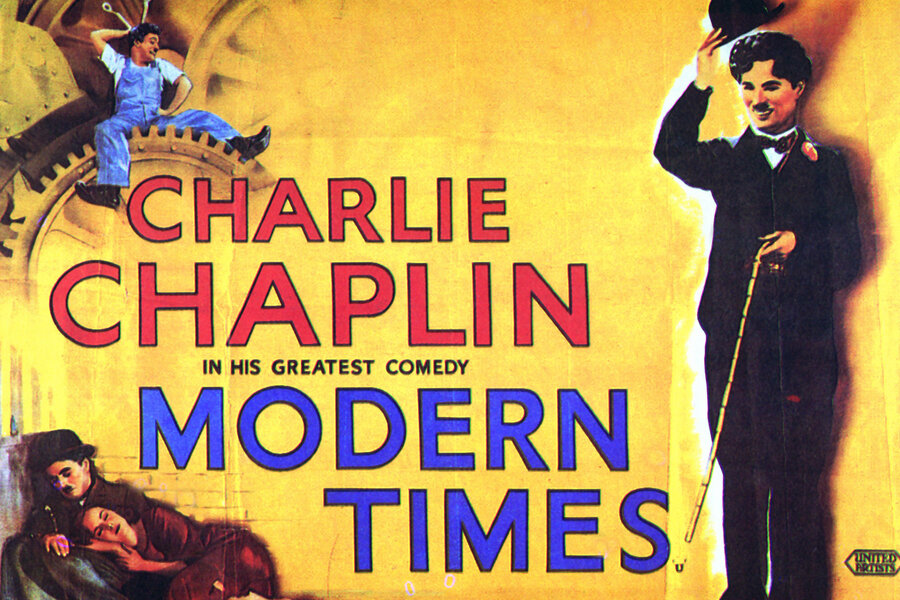A look at a classic: Charlie Chaplin in 'Modern Times'
Loading...
I don’t know why I still manage to get so awestruck when an old movie manages to feel as relevant as this morning’s edition of The New York Times, but Charlie Chaplin’s 75-year-old “Modern Times” applies just as much to 1936′s factory work as it does to 2011′s technological work. It will forever be a prophetically prescient social commentary on progress and modernity as long as it continues to dehumanize us. (Not to mention it’s also a fantastic movie with a thoroughly captivating story to tell!)
In the film, Chaplin’s iconic Little Tramp character hits the assembly line and encounters the problem many of us face today: with technology making us move so quickly, the way that we live in the real world inevitably takes the form of our dealings with technology. Chaplin communicates this idea in a very literal way that is at once hilarious and haunting – his arms can’t stop screwing nuts, acting as if there were an assembly line in front of them at all times. Modernism has invaded his subconscious behaviors, and work is no longer something confined to the workplace. Sounds scary, right?
But thanks to Chaplin’s charm, the movie is hardly a rant about how factory work kills the soul (something that would have been all too easy to do in 1936 when America was still in the midst of the Great Depression). Despite all the troubles that the Little Tramp endures from the challenges of living in a modern world, his misfortunes lead him to the gamine (played by Chaplin’s future wife, Paulette Goddard), who turns out to be the love of his life. Together, they endure whatever the world might throw at them. Things will never be perfect, but they are hopeful because they know that they will always have each other’s love.
And it is precisely this aspect that makes “Modern Times” such a rewarding movie to watch in the present. In an era where social commentary in art and film are almost inevitably wrapped in a thick coat of cynicism, Chaplin reminds us of the power of a human connection and how it can provide comfort in times when industrial advancement threatens to make humans virtually obsolete. This (almost-)silent film had volumes more to say about culture and humanity than most movies with words say nowadays. I’m certainly glad that I put aside my hesitancy to watch silent movies because Chaplin’s vision truly is timeless and transcends the barriers that cinematic progress inevitably erects.
Marshall blogs at Marshall and the Movies.
------------------------------------------------------------
The Christian Science Monitor has assembled a diverse group of music, film, and television bloggers. Our guest bloggers are not employed or directed by The Monitor and the views expressed are the bloggers' own and they are responsible for the content of their blogs. To contact us about a blogger, click here.





